1. Boneva RS, Botto LD, Moore CA, Yang Q, Correa A, Erickson JD. Mortality associated with congenital heart defects in the United States: trends and racial disparities, 1979–1997. Circulation. 2001; 103(19):2376–2381. PMID:
11352887.
2. Gilboa SM, Salemi JL, Nembhard WN, Fixler DE, Correa A. Mortality resulting from congenital heart disease among children and adults in the United States, 1999 to 2006. Circulation. 2010; 122(22):2254–2263. PMID:
21098447.

3. Murphy SL, Mathews TJ, Martin JA, Minkovitz CS, Strobino DM. Annual summary of vital statistics: 2013–2014. Pediatrics. 2017; 139(6):e20163239. PMID:
28814547.

4. Feudtner C, Hays RM, Haynes G, Geyer JR, Neff JM, Koepsell TD. Deaths attributed to pediatric complex chronic conditions: national trends and implications for supportive care services. Pediatrics. 2001; 107(6):E99. PMID:
11389297.

5. Kim MS, Lim NG, Kim HJ, Kim C, Lee JY. Pediatric deaths attributed to complex chronic conditions over 10 Years in Korea: evidence for the need to provide pediatric palliative care. J Korean Med Sci. 2018; 33(1):e1. PMID:
29215810.

6. Morell E, Wolfe J, Scheurer M, Thiagarajan R, Morin C, Beke DM, et al. Patterns of care at end of life in children with advanced heart disease. Arch Pediatr Adolesc Med. 2012; 166(8):745–748. PMID:
22473887.

7. Blume ED, Balkin EM, Aiyagari R, Ziniel S, Beke DM, Thiagarajan R, et al. Parental perspectives on suffering and quality of life at end-of-life in children with advanced heart disease: an exploratory study. Pediatr Crit Care Med. 2014; 15(4):336–342. PMID:
24583501.
8. Balkin EM, Wolfe J, Ziniel SI, Lang P, Thiagarajan R, Dillis S, et al. Physician and parent perceptions of prognosis and end-of-life experience in children with advanced heart disease. J Palliat Med. 2015; 18(4):318–323. PMID:
25493354.

9. Liben S, Papadatou D, Wolfe J. Paediatric palliative care: challenges and emerging ideas. Lancet. 2008; 371(9615):852–864. PMID:
17707080.

10. Kassam A, Skiadaresis J, Alexander S, Wolfe J. Parent and clinician preferences for location of end-of-life care: home, hospital or freestanding hospice? Pediatr Blood Cancer. 2014; 61(5):859–864. PMID:
24265171.

11. Wolfe J, Hammel JF, Edwards KE, Duncan J, Comeau M, Breyer J, et al. Easing of suffering in children with cancer at the end of life: is care changing? J Clin Oncol. 2008; 26(10):1717–1723. PMID:
18375901.

12. Beringer AJ, Heckford EJ. Was there a plan? End-of-life care for children with life-limiting conditions: a review of multi-service healthcare records. Child Care Health Dev. 2014; 40(2):176–183. PMID:
23198741.

13. Feudtner C, Kang TI, Hexem KR, Friedrichsdorf SJ, Osenga K, Siden H, et al. Pediatric palliative care patients: a prospective multicenter cohort study. Pediatrics. 2011; 127(6):1094–1101. PMID:
21555495.

14. Feudtner C, Womer J, Augustin R, Remke S, Wolfe J, Friebert S, et al. Pediatric palliative care programs in children's hospitals: a cross-sectional national survey. Pediatrics. 2013; 132(6):1063–1070. PMID:
24190689.

15. Matos RI, Watson RS, Nadkarni VM, Huang HH, Berg RA, Meaney PA, et al. Duration of cardiopulmonary resuscitation and illness category impact survival and neurologic outcomes for in-hospital pediatric cardiac arrests. Circulation. 2013; 127(4):442–451. PMID:
23339874.

16. Ragsdale L, Zhong W, Morrison W, Munson D, Kang TI, Dai D, et al. Pediatric exposure to opioid and sedation medications during terminal hospitalizations in the United States, 2007–2011. J Pediatr. 2015; 166(3):587–593.e1. PMID:
25454928.

17. Rossano JW, Dipchand AI, Edwards LB, Goldfarb S, Kucheryavaya AY, Levvey Rn BJ, et al. The registry of the International Society for Heart and Lung Transplantation: nineteenth pediatric heart transplantation report-2016; focus theme: primary diagnostic indications for transplant. J Heart Lung Transplant. 2016; 35(10):1185–1195. PMID:
27772670.

18. Durall A, Zurakowski D, Wolfe J. Barriers to conducting advance care discussions for children with life-threatening conditions. Pediatrics. 2012; 129(4):e975–e982. PMID:
22392177.

19. de Vos MA, van der Heide A, Maurice-Stam H, Brouwer OF, Plötz FB, Schouten-van Meeteren AY, et al. The process of end-of-life decision-making in pediatrics: a national survey in the Netherlands. Pediatrics. 2011; 127(4):e1004–12. PMID:
21402634.

20. American Academy of Pediatrics. Committee on Bioethics and Committee on Hospital Care. Palliative care for children. Pediatrics. 2000; 106(2 Pt 1):351–357. PMID:
10920167.
21. Mack JW, Wolfe J. Early integration of pediatric palliative care: for some children, palliative care starts at diagnosis. Curr Opin Pediatr. 2006; 18(1):10–14. PMID:
16470155.

22. Davies B, Sehring SA, Partridge JC, Cooper BA, Hughes A, Philp JC, et al. Barriers to palliative care for children: perceptions of pediatric health care providers. Pediatrics. 2008; 121(2):282–288. PMID:
18245419.

23. Balkin EM, Kirkpatrick JN, Kaufman B, Swetz KM, Sleeper LA, Wolfe J, et al. Pediatric cardiology provider attitudes about palliative care: a multicenter survey study. Pediatr Cardiol. 2017; 38(7):1324–1331. PMID:
28664445.

24. McCabe ME, Hunt EA, Serwint JR. Pediatric residents' clinical and educational experiences with end-of-life care. Pediatrics. 2008; 121(4):e731–7. PMID:
18346988.

25. Hatano Y, Yamada M, Fukui K. Shades of truth: cultural and psychological factors affecting communication in pediatric palliative care. J Pain Symptom Manage. 2011; 41(2):491–495. PMID:
21334556.

26. Wiener L, McConnell DG, Latella L, Ludi E. Cultural and religious considerations in pediatric palliative care. Palliat Support Care. 2013; 11(1):47–67. PMID:
22617619.

27. Doig C, Burgess E. Withholding life-sustaining treatment: are adolescents competent to make these decisions? CMAJ. 2000; 162(11):1585–1588. PMID:
10862235.
28. Jacobs S, Perez J, Cheng YI, Sill A, Wang J, Lyon ME. Adolescent end of life preferences and congruence with their parents' preferences: results of a survey of adolescents with cancer. Pediatr Blood Cancer. 2015; 62(4):710–714. PMID:
25545105.

29. Lyon ME, Jacobs S, Briggs L, Cheng YI, Wang J. Family-centered advance care planning for teens with cancer. JAMA Pediatr. 2013; 167(5):460–467. PMID:
23479062.

30. Kissane DW, Bylund CL, Banerjee SC, Bialer PA, Levin TT, Maloney EK, et al. Communication skills training for oncology professionals. J Clin Oncol. 2012; 30(11):1242–1247. PMID:
22412145.

31. May R, Thompson J. The role of pediatric palliative care in complex congenital heart disease: three illustrative cases. J Palliat Med. 2017; 20(11):1300–1303. PMID:
28777689.

32. Marcus KL, Balkin EM, Al-Sayegh H, Guslits E, Blume ED, Ma C, et al. Patterns and outcomes of care in children with advanced heart disease receiving palliative care consultation. J Pain Symptom Manage. 2018; 55(2):351–358. PMID:
28887267.

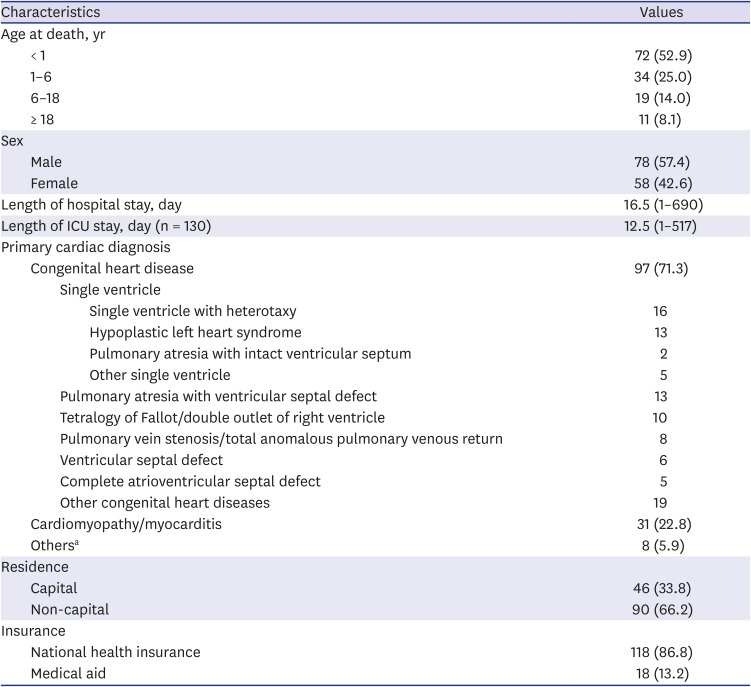
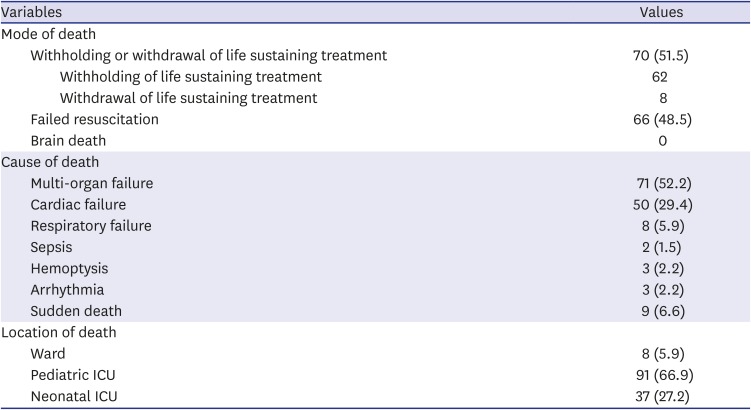
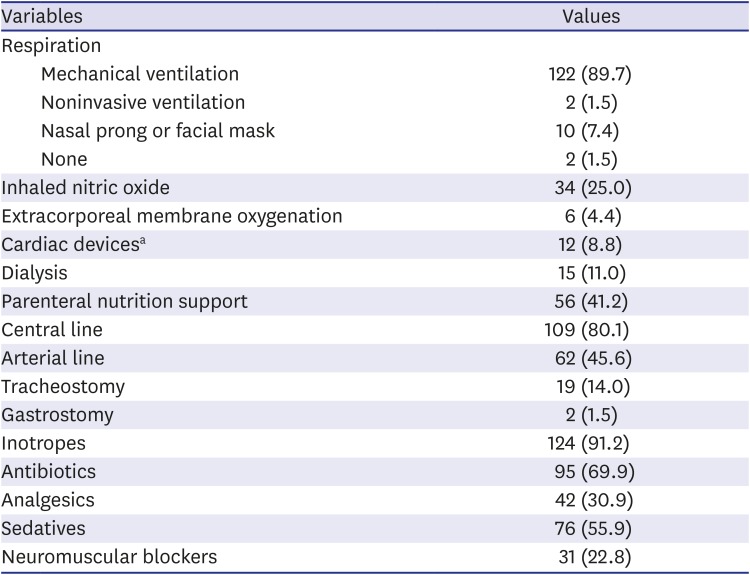
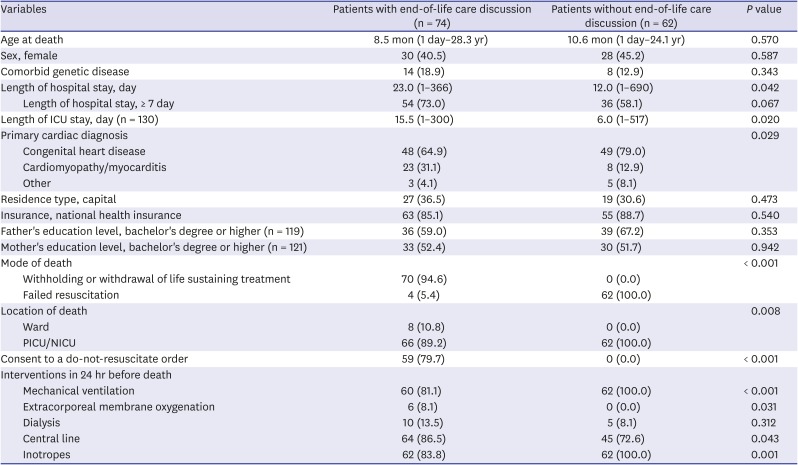
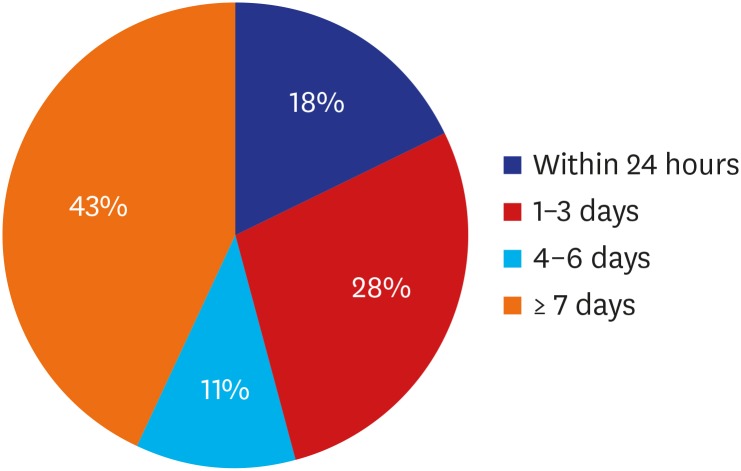




 PDF
PDF Citation
Citation Print
Print



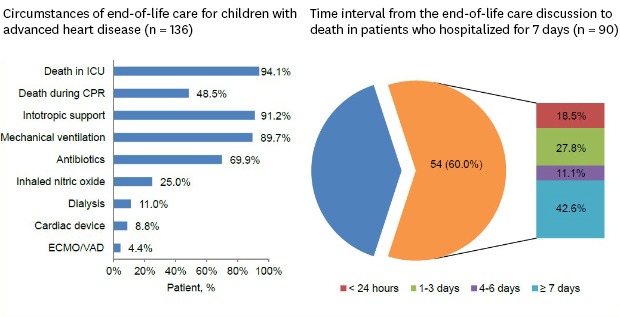
 XML Download
XML Download